Our closest cosmic neighbor, the moon, has been the fixation of certain astronomers for many millennia. The moon is a beautiful feature in the night sky, and astronauts are now closer than ever to being able to live there.
Scientists have debated the possibility of caves on the moon for decades. Thanks to a recent research article, we now know that this hypothesis is true—but why does the mere existence of lunar caves mean that humans may soon inhabit the moon?
Living on the Moon
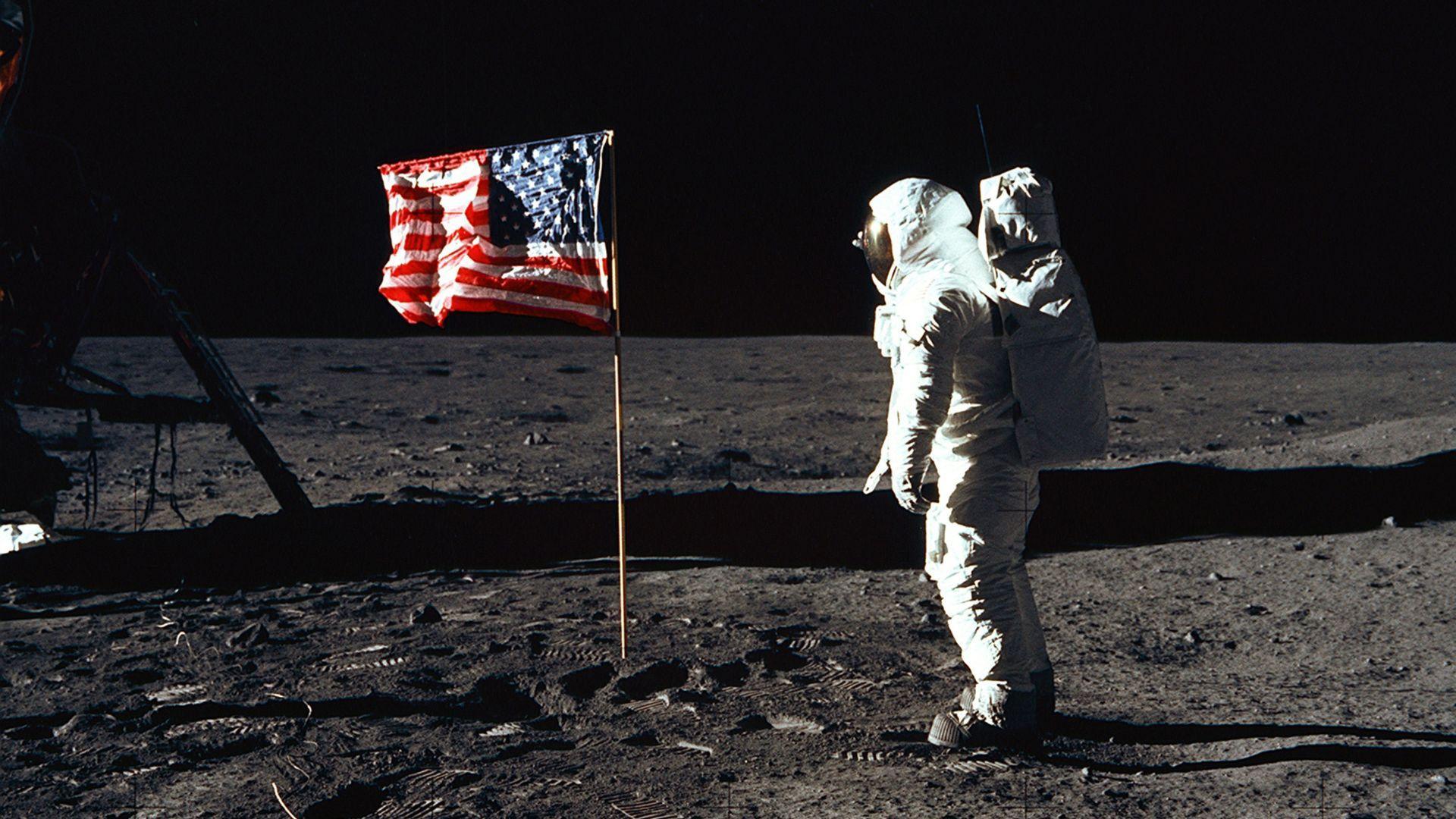
It’s not just science fiction: scientists are actually considering the possibility of creating a permanent base on the moon where humans could live. There’s a few problems with the moon’s livability, however.
The moon has no atmosphere. Aside from this being an issue concerning breathing, it also means that there is no way to regulate climate. The lunar surface swings from being 250 °F while the sun bakes on it and below -200 °F when it is nighttime.
Taking Pictures of the Moon
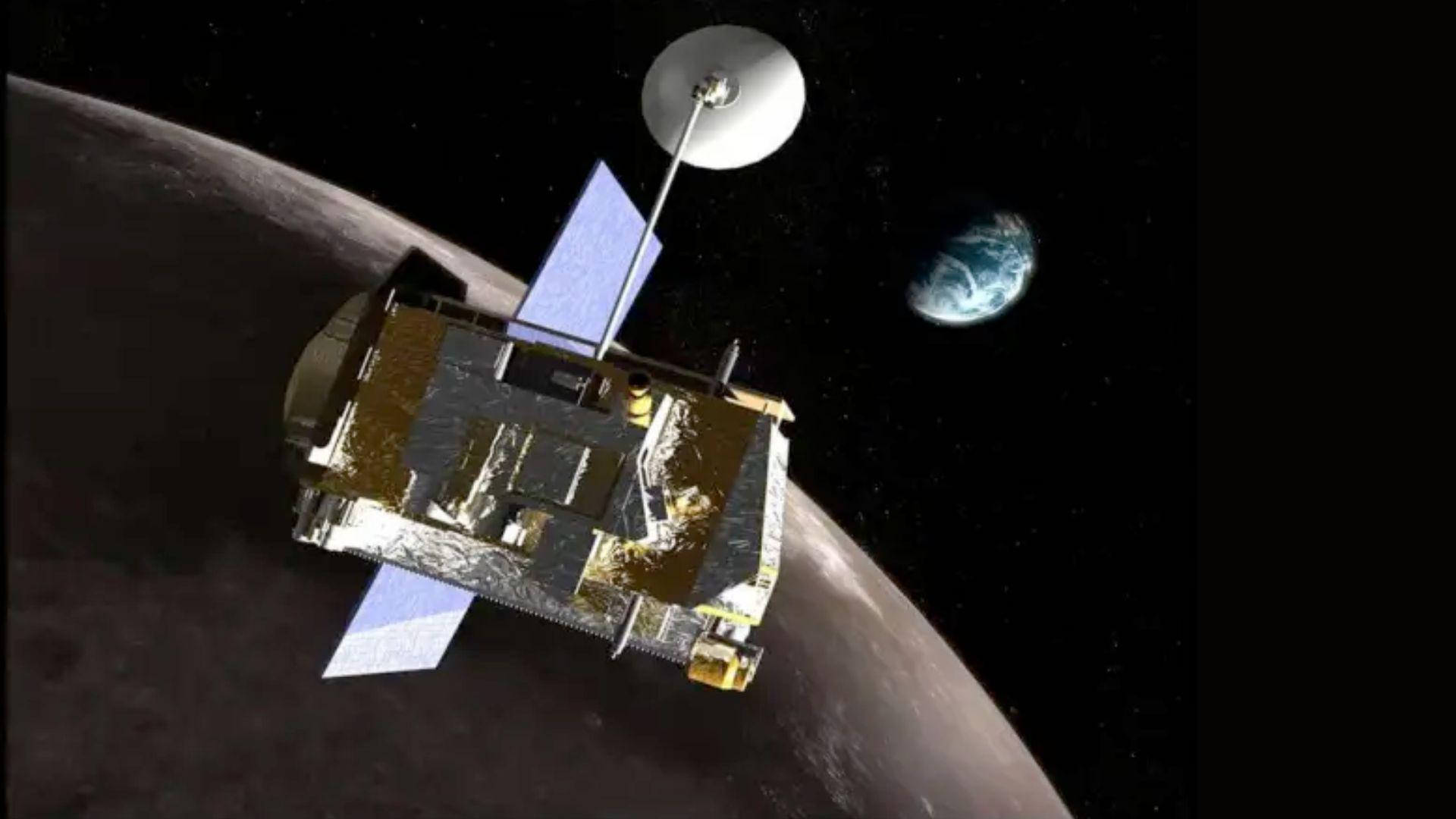
In order to know more about our lunar neighbor, scientists use a multitude of tools to capture images of the moon. If we have any desire to make a home there, we are going to need to know a lot about it.
One such picture-taking tool is NASA’s Lunar Reconnaissance Orbiter. The LRO created a 3D map of the moon and continues to take helpful images for scientists.
Evidence of a Cave
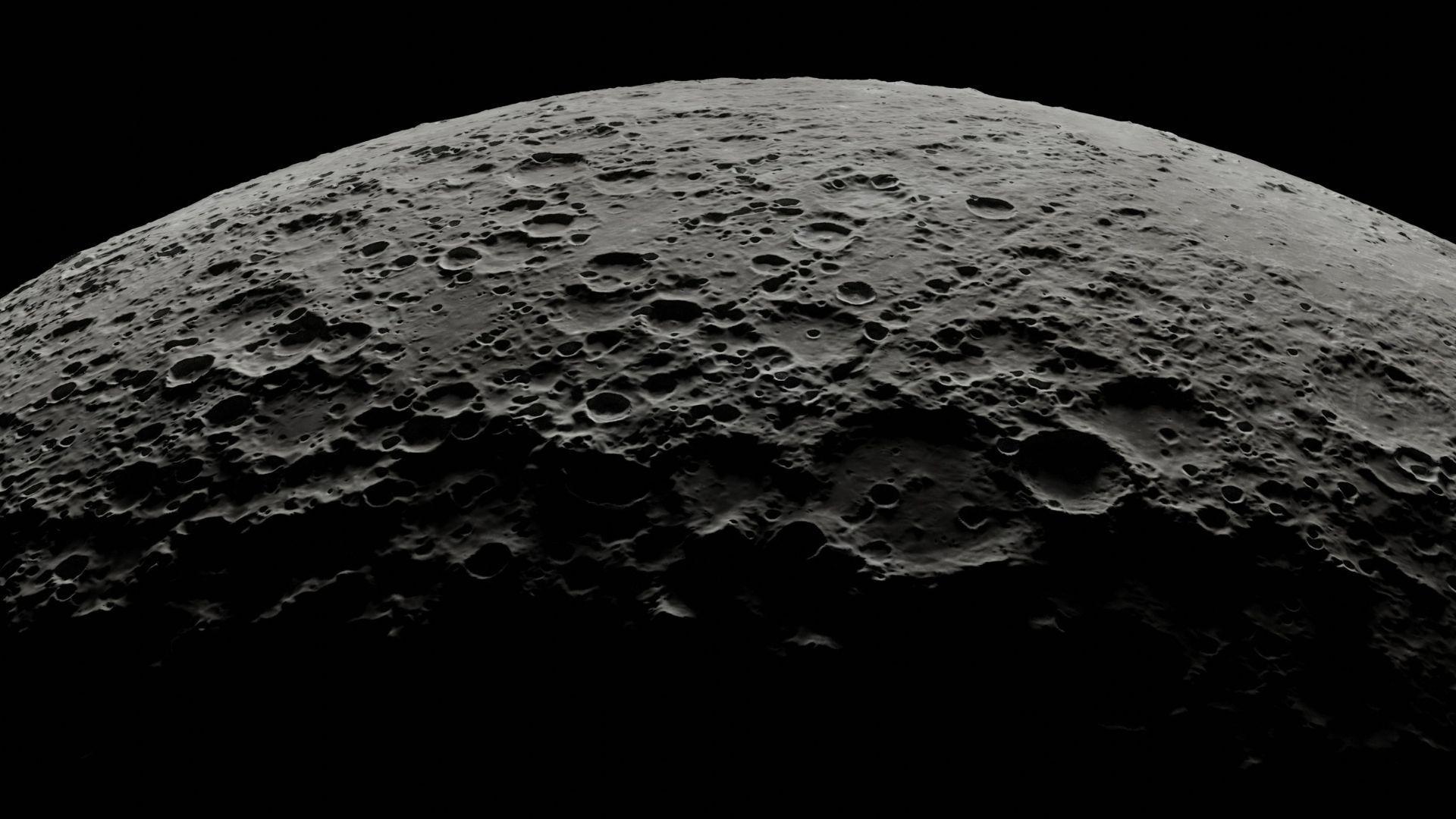
After studying images from NASA’s LRO, a team of Italian researchers recently published a paper that provides convincing evidence that there is a cave on the moon—and likely multiple. Evidence of caves means that the moon may be more habitable than we thought.
Researchers and authors Leonardo Carrer and Lorenzo Bruzzone of the University of Trento told The Associated Press, “Lunar caves have remained a mystery for over 50 years. So it was exciting to be able to finally prove the existence.”
How Big is the Cave?
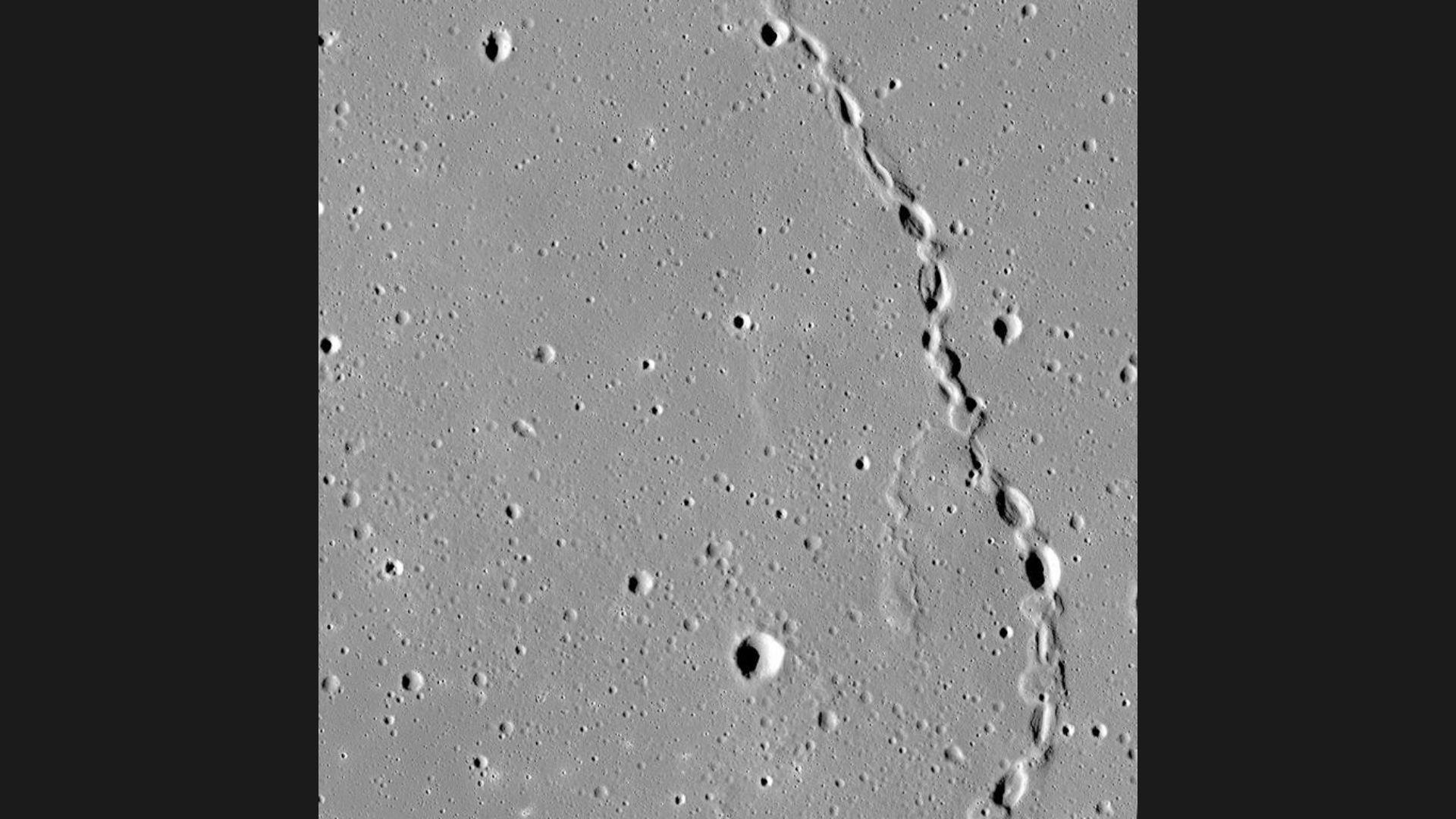
The researchers estimate that the cave is approximately 150 feet wide and up to 260 feet long. Some may be able to picture this more clearly by imagining that it is slightly smaller than an American football field (without the end zones).
The cave sits deep within the Mare Tranquillitatis pit. This pit most likely formed when a lava tube collapsed.
How Did the Cave Form?
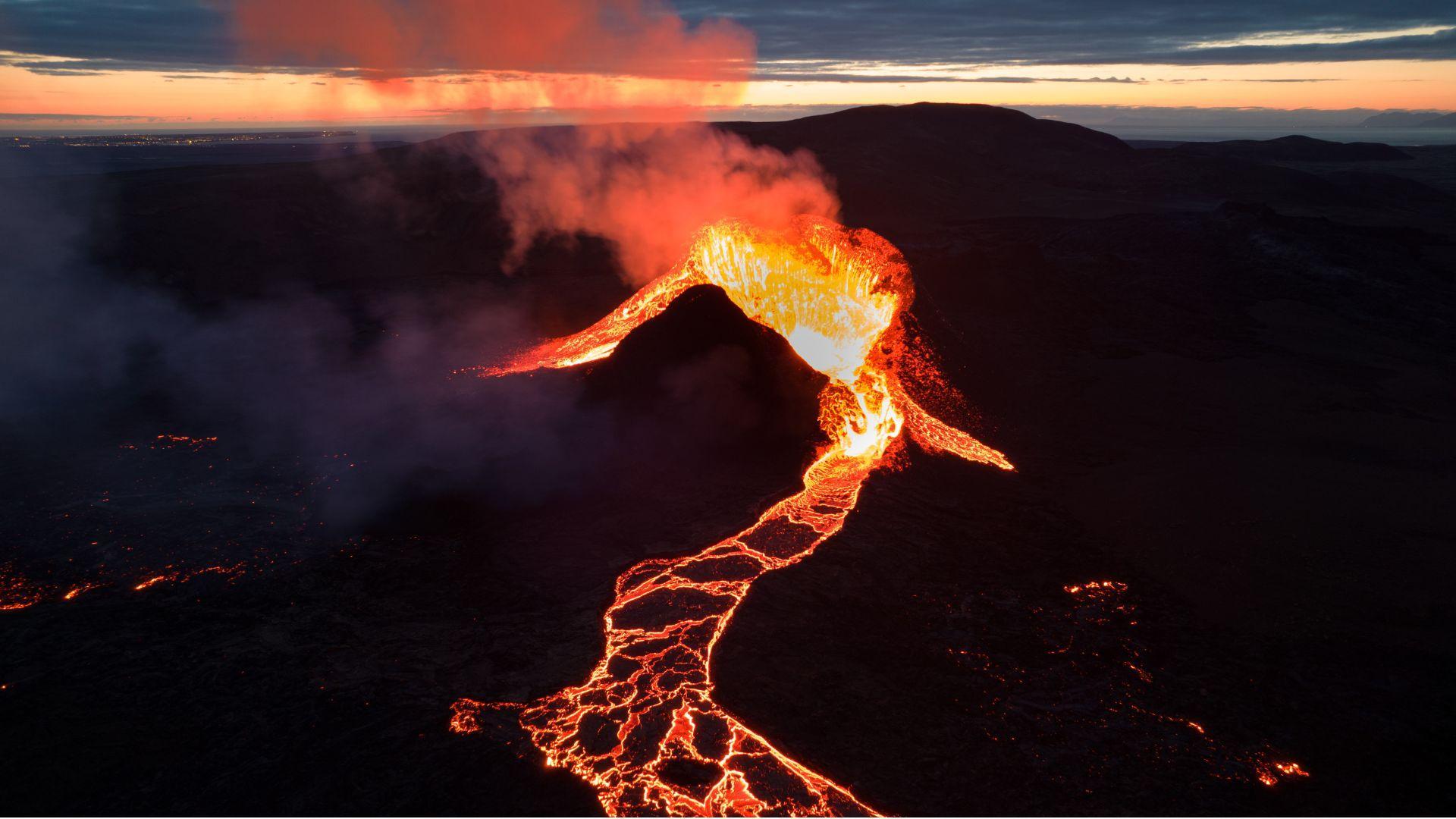
Billions of years ago, the moon was covered in active volcanoes. The lava from these volcanoes flowed over the surface and created what we call tubes.
Over time, some of these tubes became unstable and collapsed, creating large lunar pits like the Mare Tranquillitatis pit; in these pits there are caves. Scientists are unsure what exactly the inside of these caves look like, but they believe they would be similar to lava tubes on Earth, like those found in Hawaii.
Hundreds of Caves
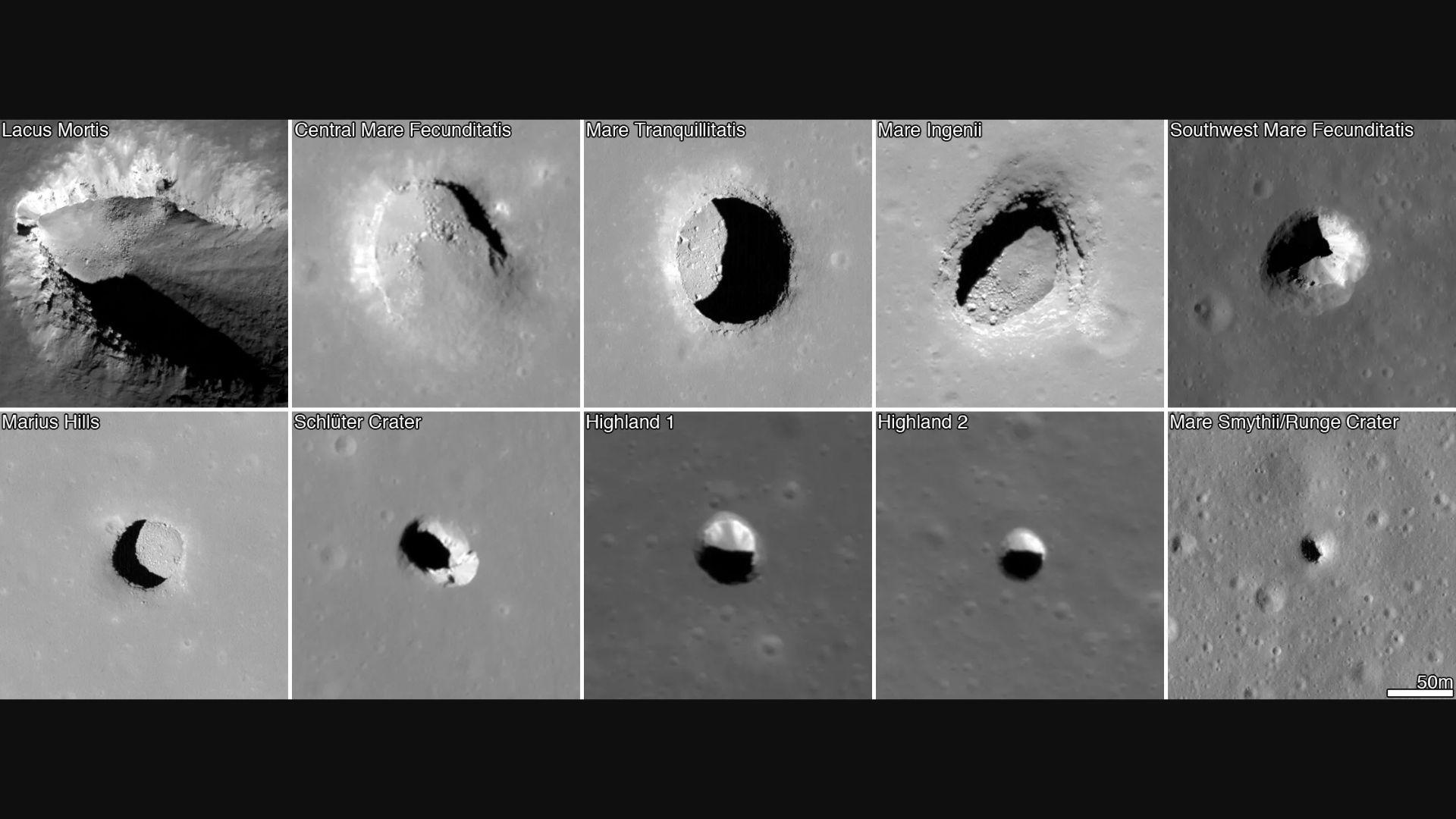
The team that found evidence of the cave believes that, based on how they believe the cave formed, there could be hundreds more below the moon’s surface. NASA’s LRO has identified over 200 of these pits on the moon, so there could be a plethora of underground caves.
These caves could be very useful for astronauts on the moon. Instead of building houses on the moon that resemble Earth houses, humans could inhabit the caves that already exist.
The Possible Pros of Living in a Moon Cave

Katherine Joy, a professor of earth sciences at the University of Manchester told The Guardian, “The thick cave ceiling of rock is ideal to protect people and infrastructure from the wildly varying day-night lunar surface temperature variations and to block high energy radiation which bathes the lunar surface.”
Additionally, in 2022, a separate team of researchers used computer simulations to suggest that these lunar pits (and their caves) would actually be rather pleasant temperature-wise: around 63 °F.
Traversing Difficult Terrain

Unfortunately, getting in and out of the caves would be difficult. The cave found inside Mare Tranquillitatis is over 400 feet below the surface of the moon. It is near the bottom of a steep slope, which is covered in loose debris.
Getting in and out of the cave would require some ingenuity. Possible ideas include some kind of advanced elevator or, just to be particularly science-fiction-like, jet packs.
Surveying the Surface (and What’s Underneath)
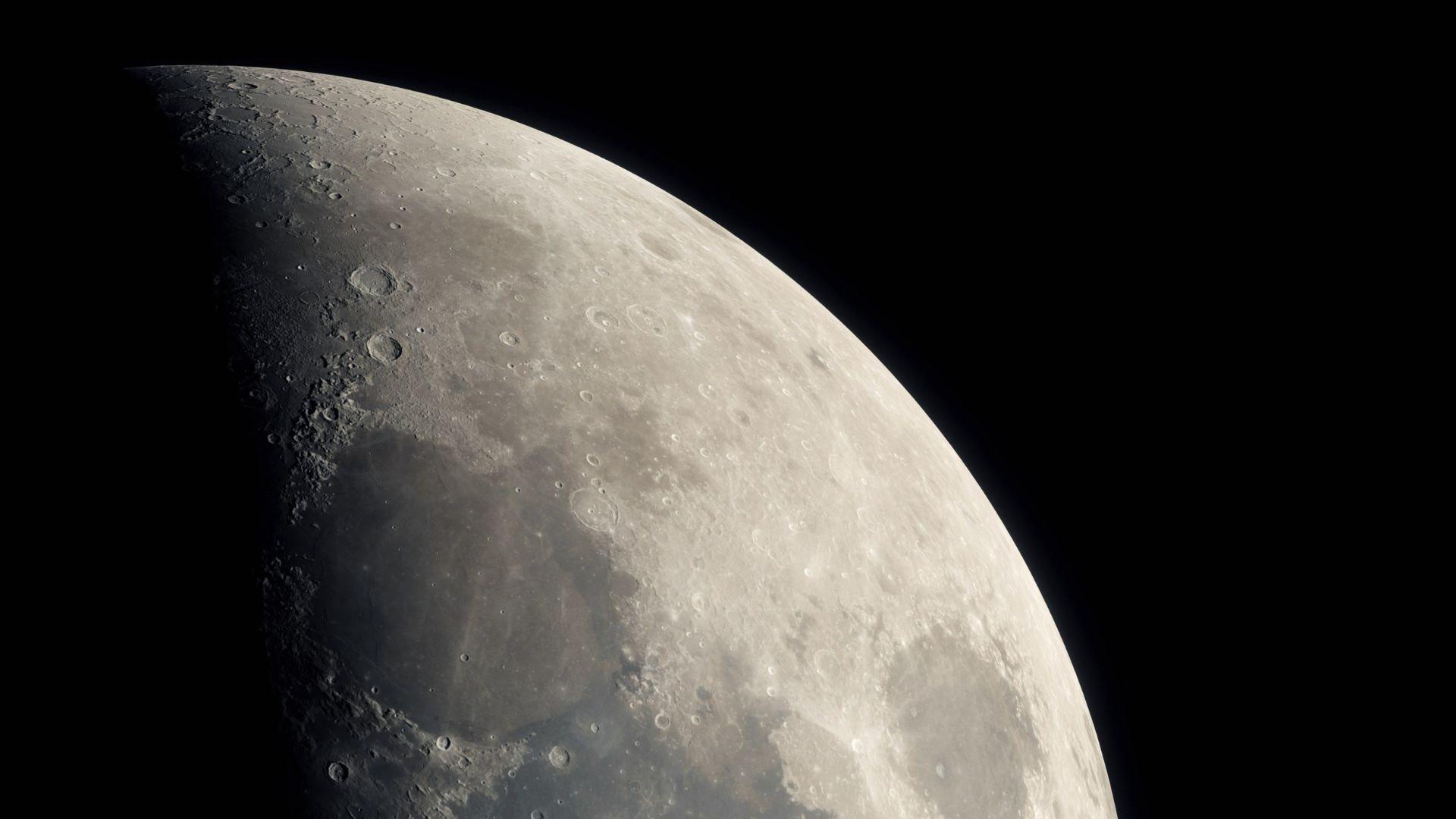
Radar technology could assist scientists to map additional caves and tubes on the moon. In the future, a spacecraft with an advanced radar and made especially for this purpose could reveal the interiors of the pits that the LRO has identified.
A complete survey with this imagined technology could allow scientists to assess the best locations for further research as well as potential moon base locations.
The Possibility of Water
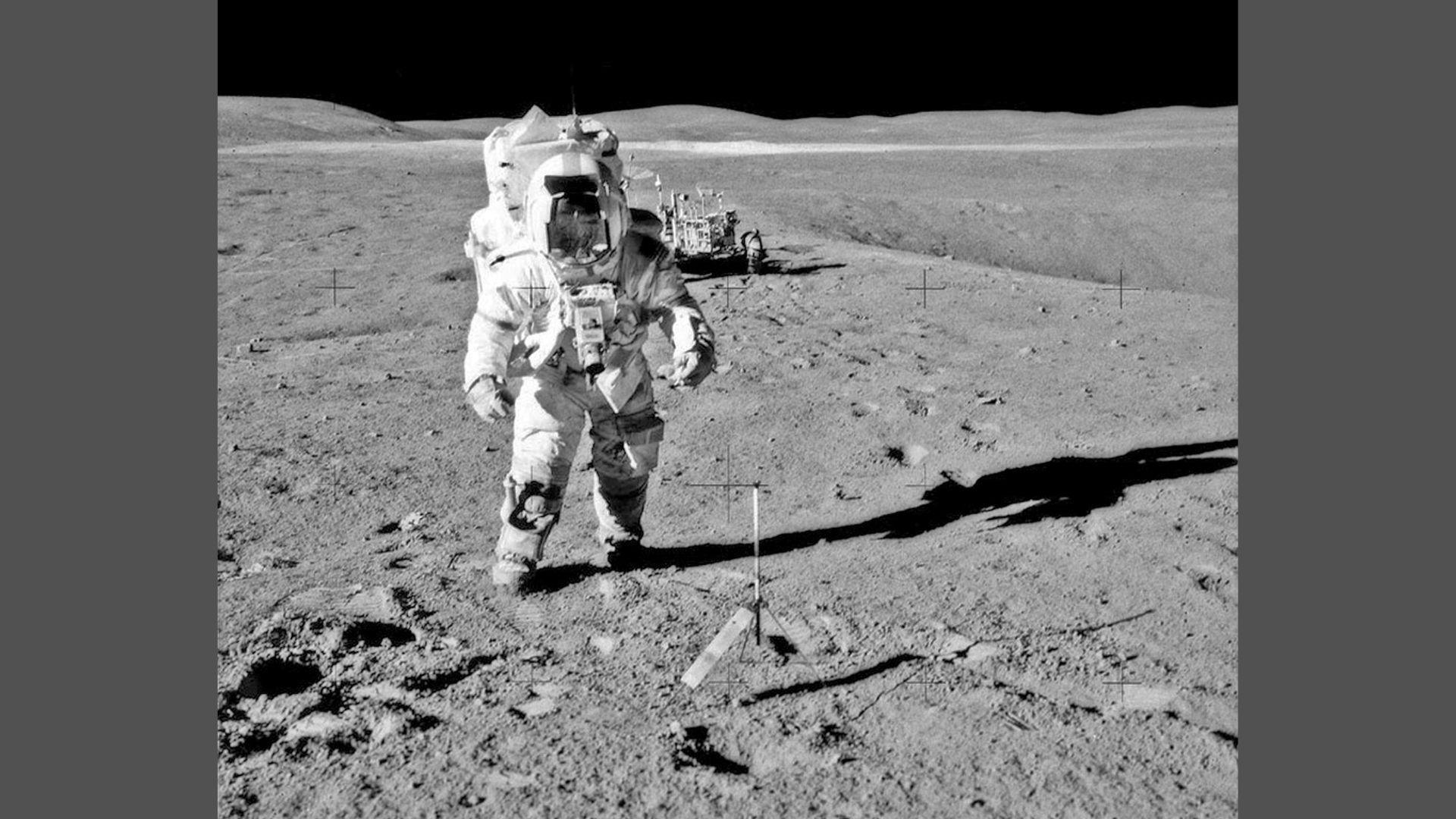
Scientists have known for quite a while that there is some frozen water on the moon. There is a chance that these moon caves harbor even more water.
Access to water on the moon would be necessary for survival. Not only do humans need water for drinking and agriculture, but the molecules themselves could also be broken down into their elements. Water is H2O, so water molecules could be separated into hydrogen for rocket fuel and oxygen for breathing.
A Lunar Home

If humans get a chance to study these lunar caves and lava tubes in-depth—either thanks to an advanced radar or in-person—they could reveal the moon’s fossilized history. By seeing them up close, scientists would be able to better understand the history of the moon and its now dormant volcanic activity.
Although many hope to one day reach Mars, further studying the moon and exploring the possibility of living there long-term is a necessary stepping stone. The discovery of these caves means that scientists are just a little closer to the dream of living on the moon.

